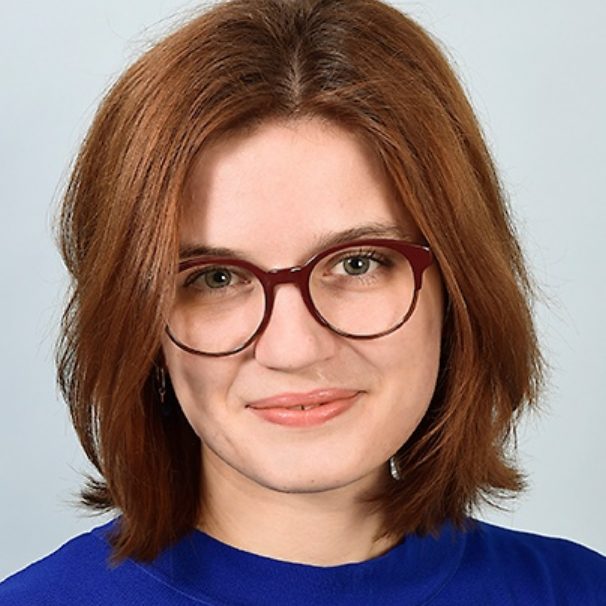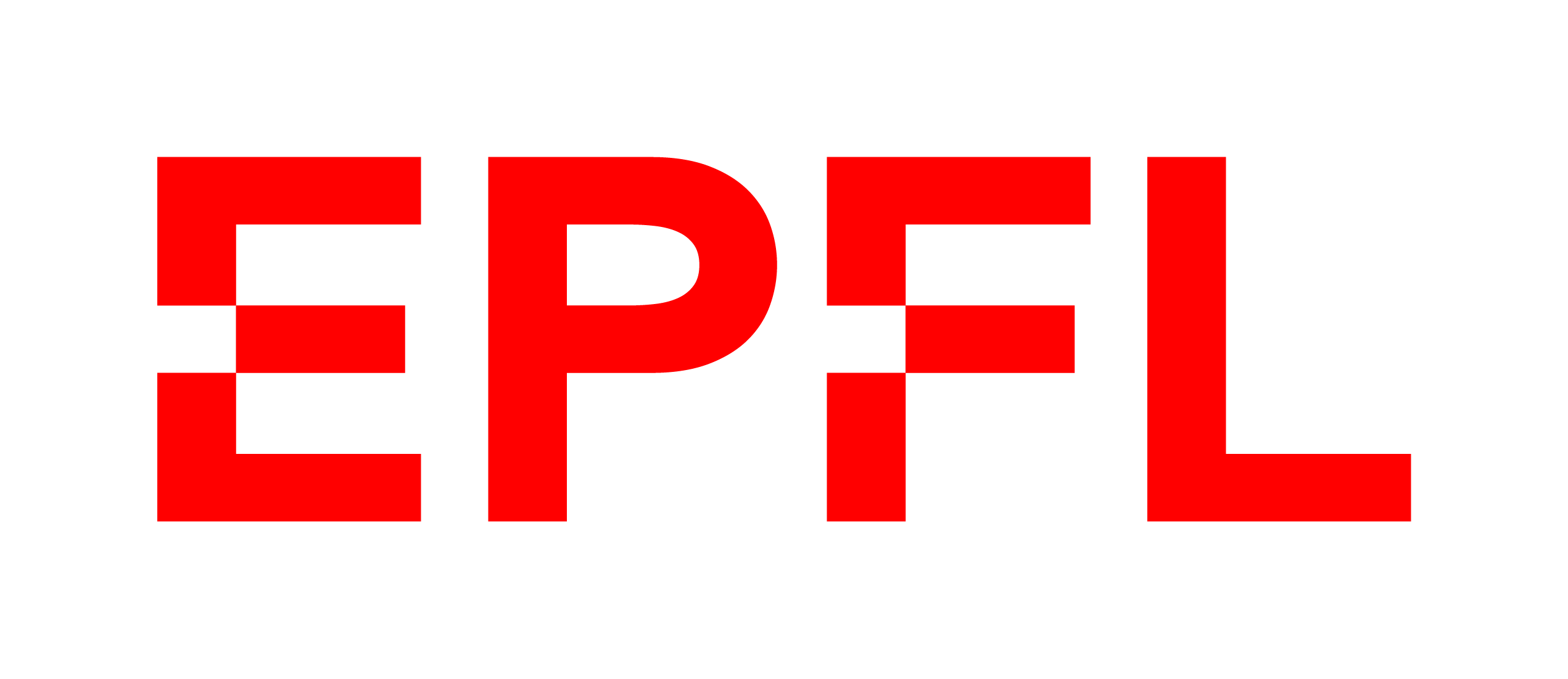Physics data is often more ordered and structured than typical machine learning datasets. This can be exploited to develop classifiers that do well at e.g. extracting phase boundaries from wavefunction/measurement data.
In this talk, I will show how to use an unsupervised approach to predict topological phase transitions. Our model is trained to relate configurational data or measurement outcomes to quantities like temperature or physical tuning parameters, which makes our approach particularly applicable in experimental settings.
Download the slides for this talk.Download ( PDF, 15307.58 MB)


